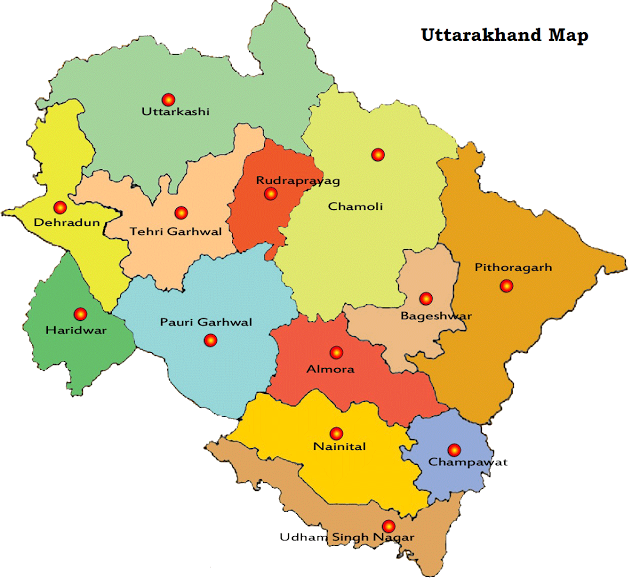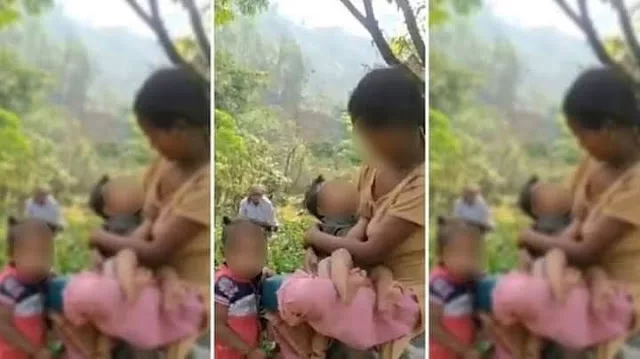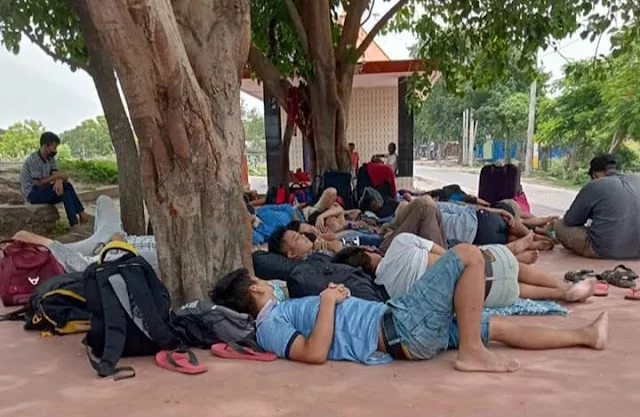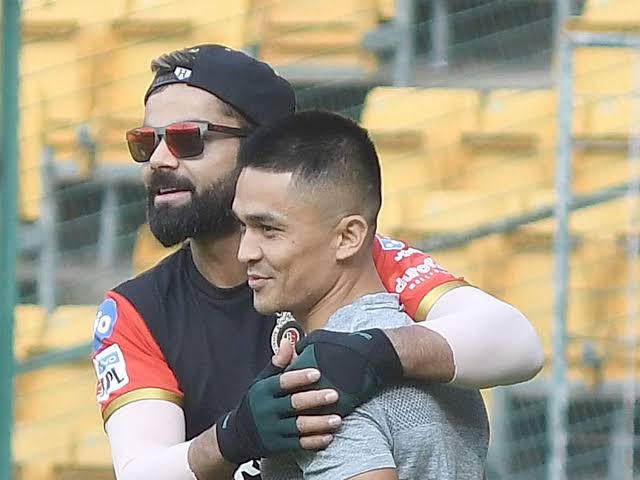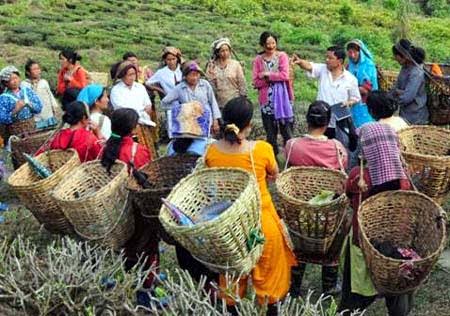Dehradun, October 13 For the 10 million Gorkhas in India, 2015 marks their 200 years in the country. While the Gorkha population dots different states across the country, the maximum numbers live in Uttarakhand, where they now make up some 12 lakh, roughly 12 per cent of the state’s population.
As the Gorkha Regiments of the Army celebrate their commemoration and various battle honours won fighting in different theatres of war across the world, the Gorkhas of Uttarakhand have come together for the first time in Dehradun to celebrate a Bicentenary Mahotsav.
“Planned to span over four days, from 19-22 November, 2015, the events will showcase their history, language, culture, music, dance and food,” said Mamata Gurung, a spokeperson of the GHorkha Bicentenary Mahotsav Committee.
The Gorkha Bicentenary Mahotsav Committee (GBMC) is an umbrella organisation under which all Gorkha organisations in Uttarakhand have come together to host this cultural extravaganza.
It was in Dehradun that Gorkhas came 200 years ago after they had become rulers of Kumaon, Garhwal and Himachal, to set up a battlement in the hills of Nalapani, calling it Khalanga. It was here that 600 Gorkha men, women and children took on the might of 30,000 British East India Company shocking them as they had never encountered a foe like them.
The British never forgot the encounter. Today, two obelisks stand testimony on the road to Sahastradhara, one for the British Commander, Sir Rollo Gillispie and his men, and the other to the “Valiant foe, the Gorkhas, Bal Bhuddur and his men.” This is the only war memorial that the British have ever dedicated to their enemy anywhere in the world. The British went on sign the Treaty of Sagauli allowing them to recruit the Gorkhas. It is estimated that there are over a lakh of Gorkhas serving in the Indian Army and roughly 1.5 lakh living as ex-servicemen.
Uttrakhand has an estimated population of 1 lakh of which approximately half are Gorkhas. The 200 years celebrations is seen as a landmark event by Gorkhas as it brings to the fore their history and heritage.
The “Khalanga Run” will be the forerunner that starts the four-day Gorkha Mahotsav event on November 19. This is being planned under Roshni Rai, a long distance marathon runner who has participated in some of the most difficult marathon events like the Commarade Marathon in South Africa of 87 km, besides ones in the UK and Germany. She has also organised several such events for Gorkha unity and solidarity. She is an author of recently released book “From Mountains to the Ocean.”
The “Khalanga Run” will be open for all citizens of the city and will be conducted from the Khalanga Gate to the top of the hill and back.
A ‘Cultural Parade’ through the main market area from the Parade Ground to Clock Tower and back would be held on November 20. During this procession, the Gorkha culture in its various forms will be showcased as tableaus. The route of this cultural parade is the Bindal Bridge to the Clock Tower to culminate at the Parade Ground.
In the evening, there will be a band concert on the Mahender Grounds, Garhi Cantt, in which a number of Gorkha orchestra groups will perform. This is being called “The Battle of the Bands.” The jazz band contest will play popular songs and will be chosen by popular vote consensus from the public to be declared the Winner of the Gorkha Bicentenary Band Concert.
On November 21 and 22, a Gorkha Bicentenary Mahotsav would be held having stalls from across the country along with game and food stalls. The mela will be conducted on the Mahender Ground in the Garhi Cantt. In the evening of both days there will be a cultural and laser light and sound show.
Source The Tribune

